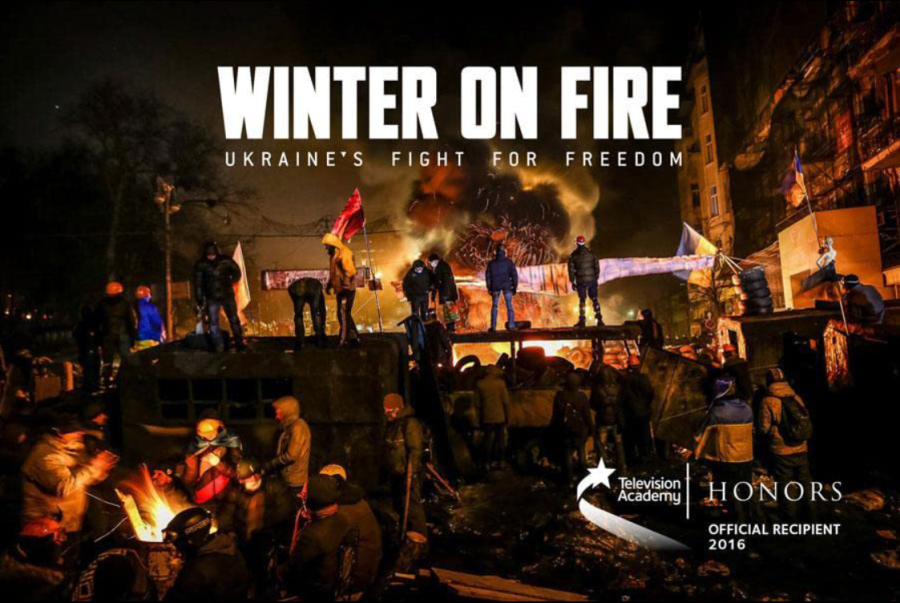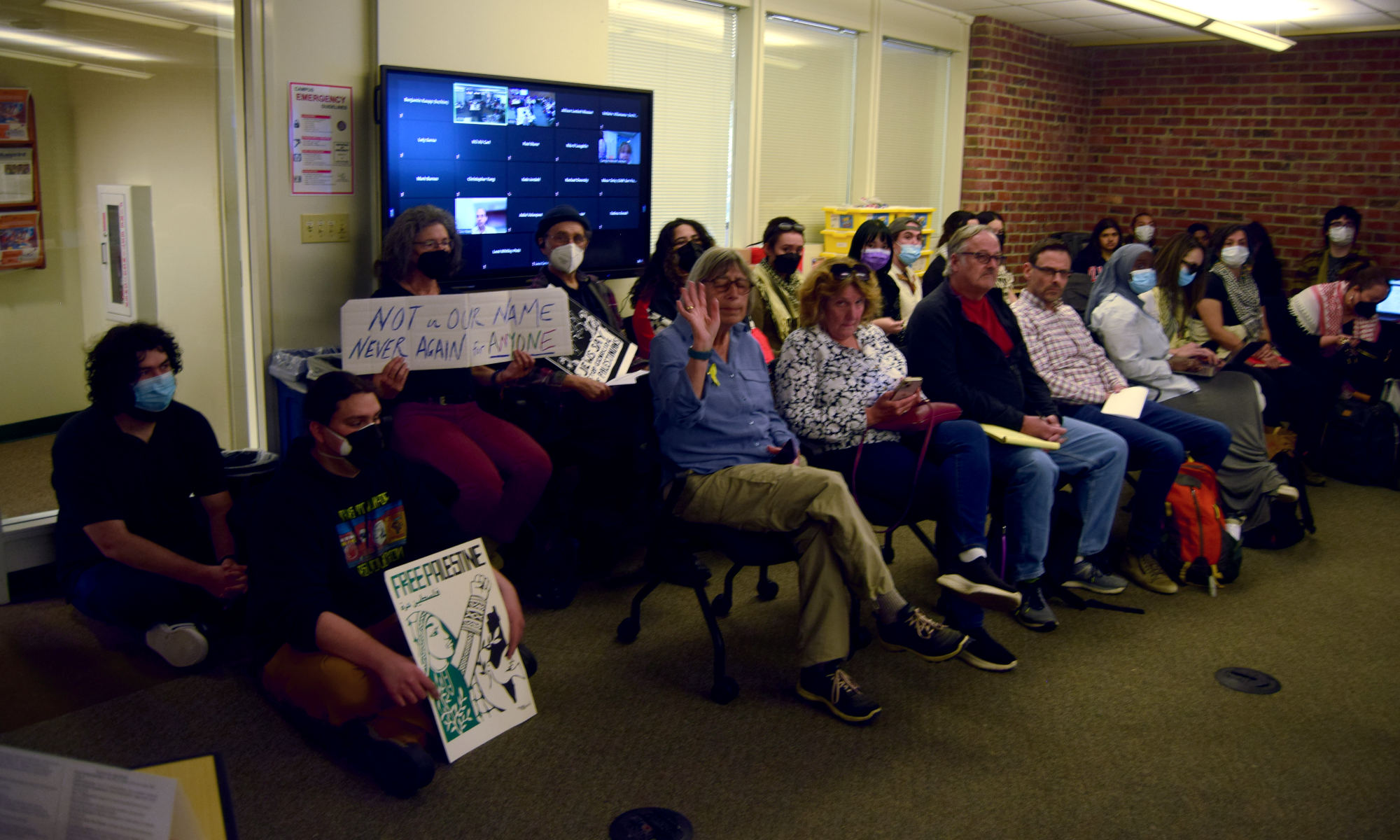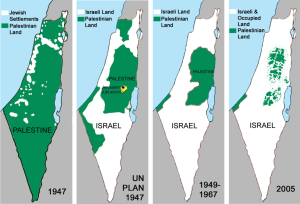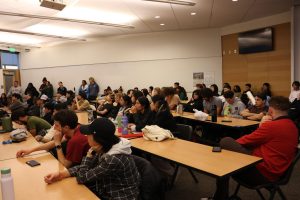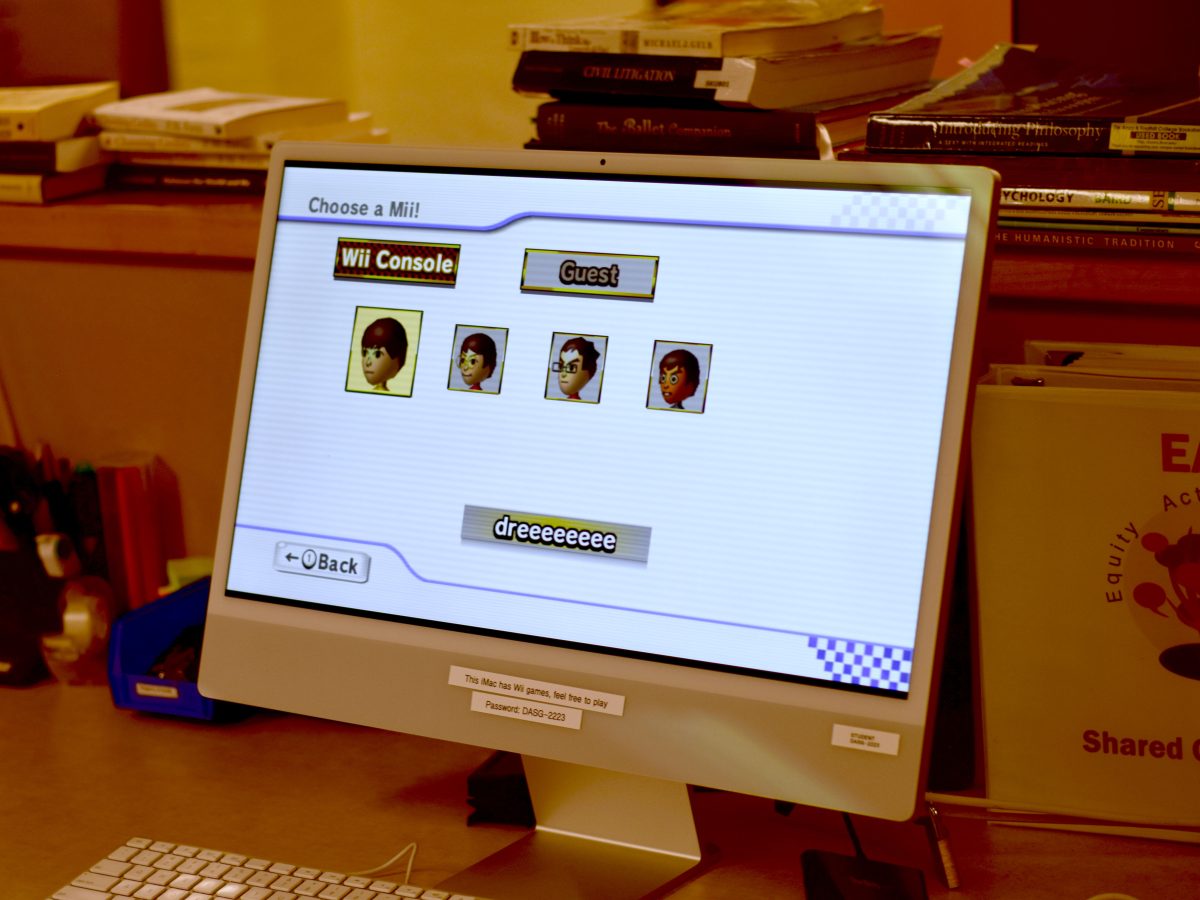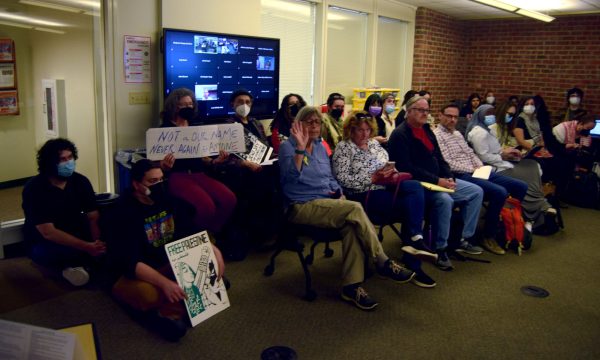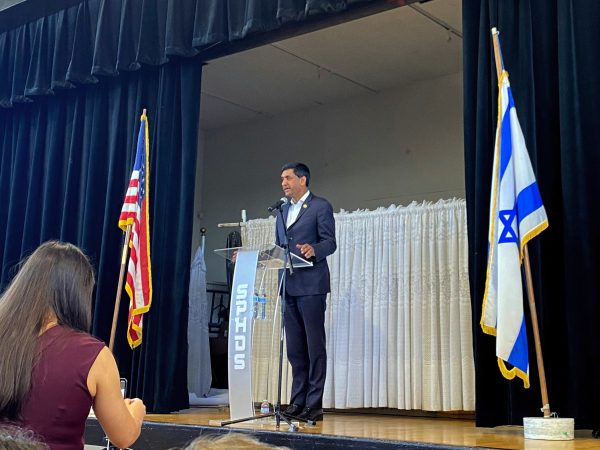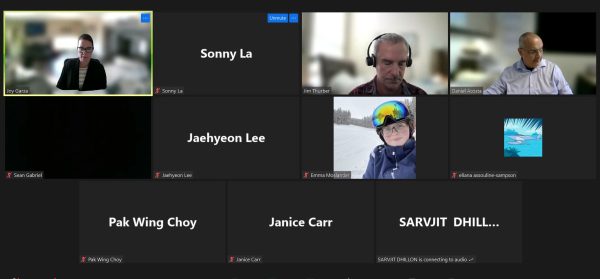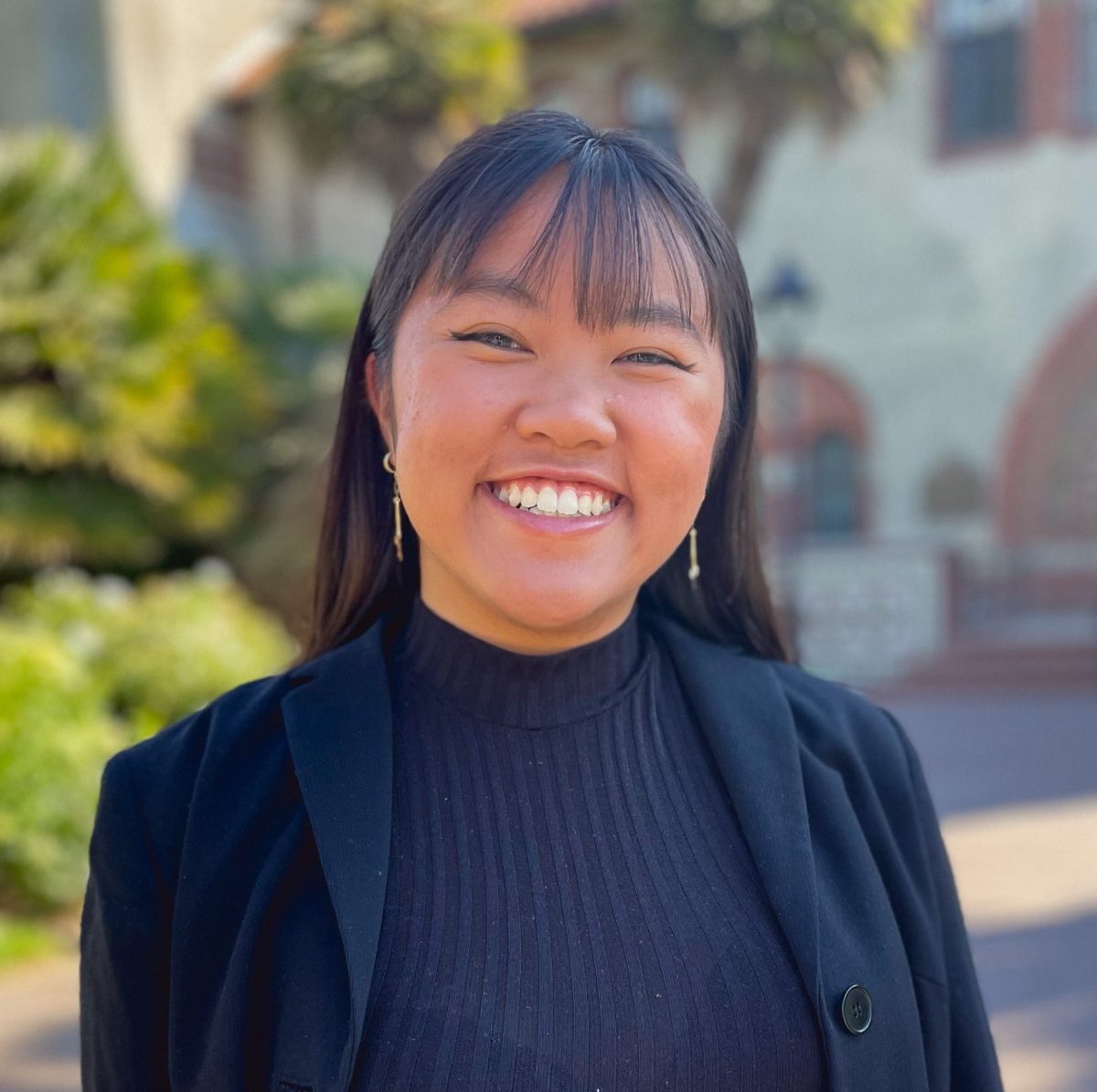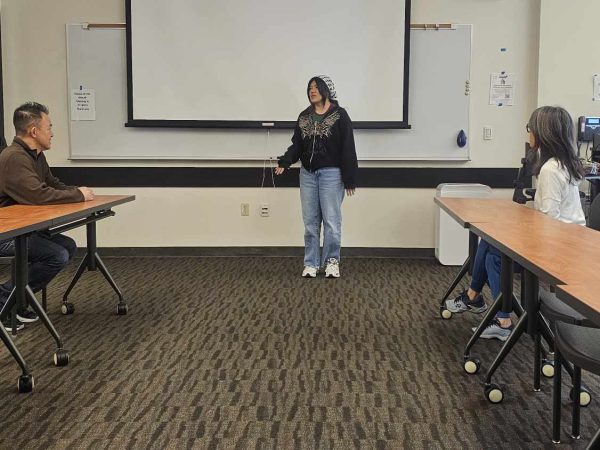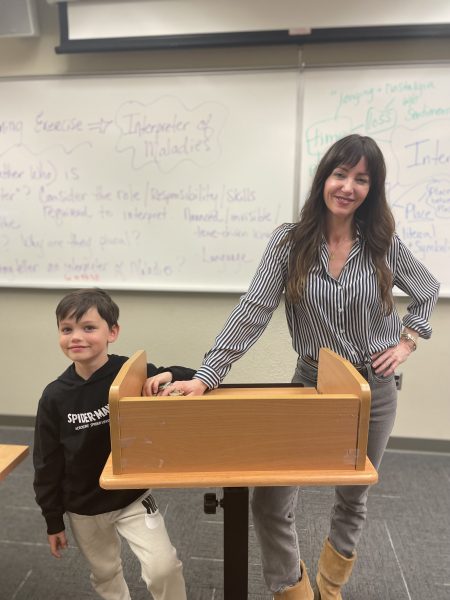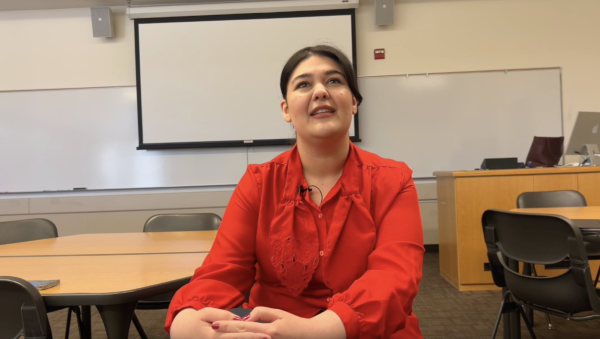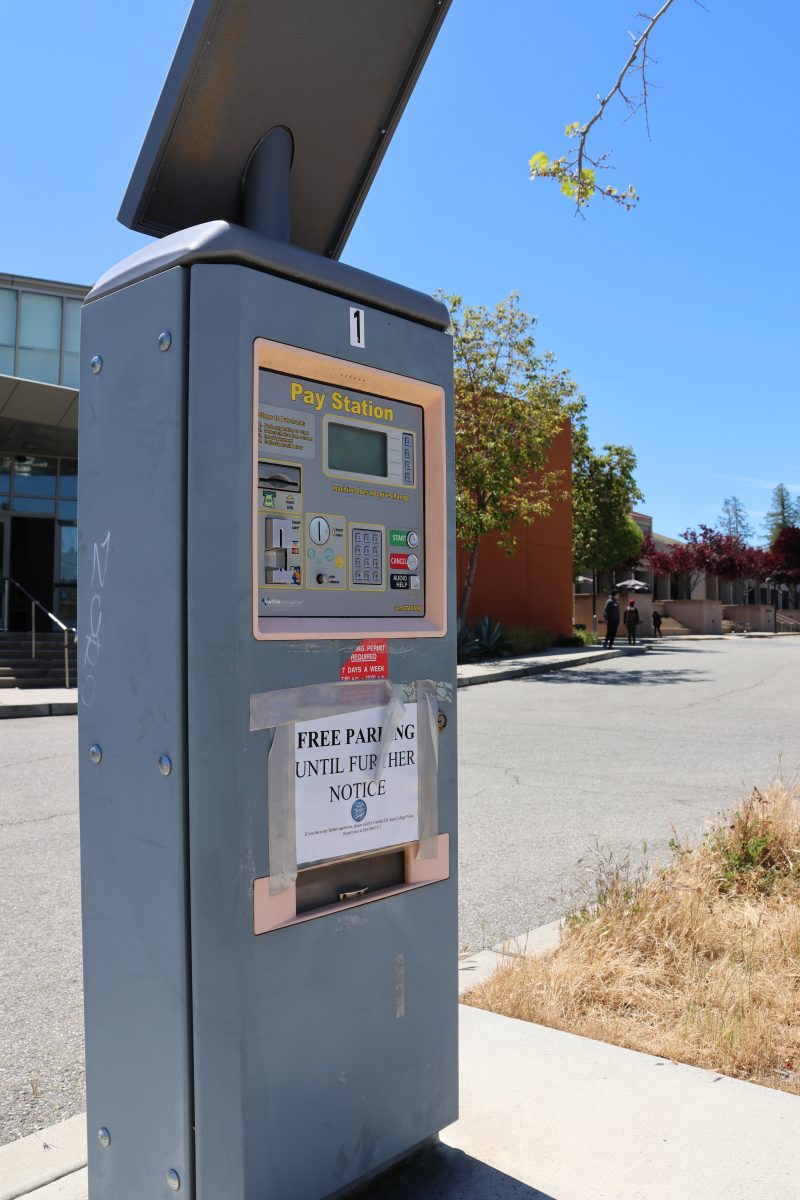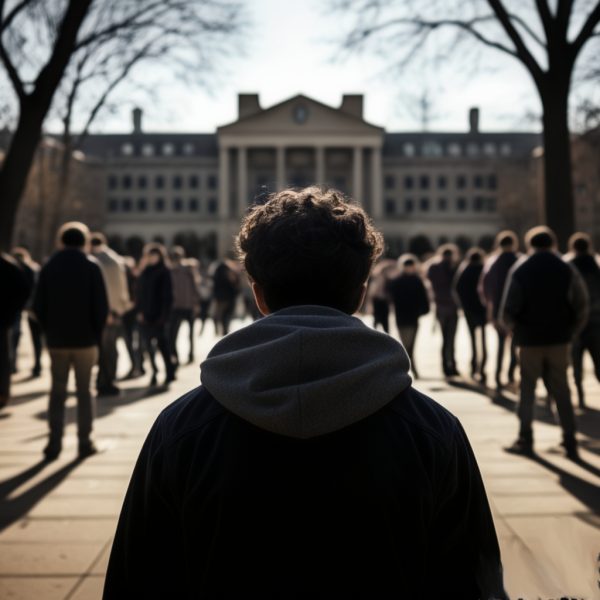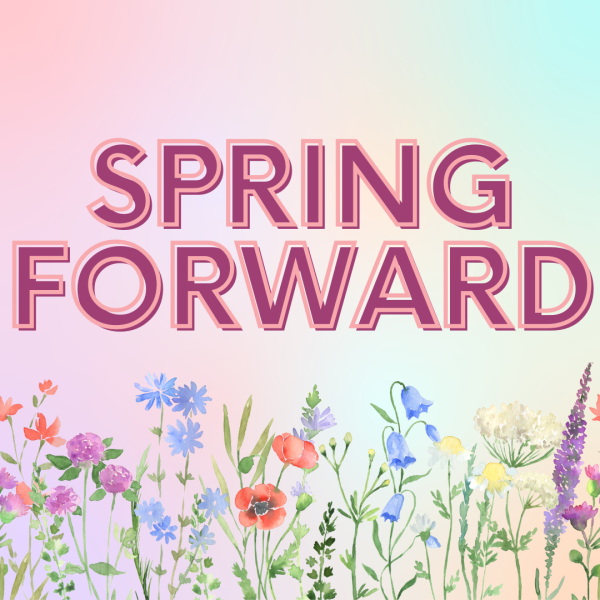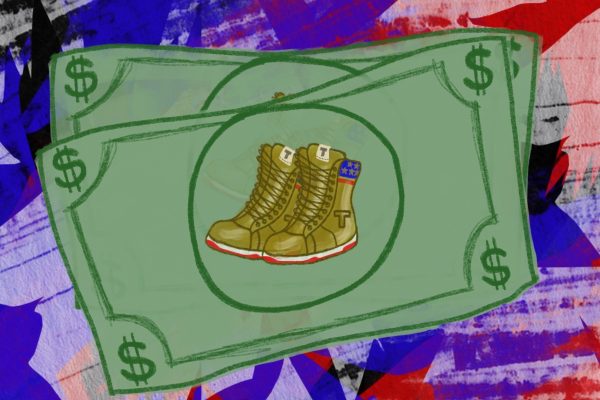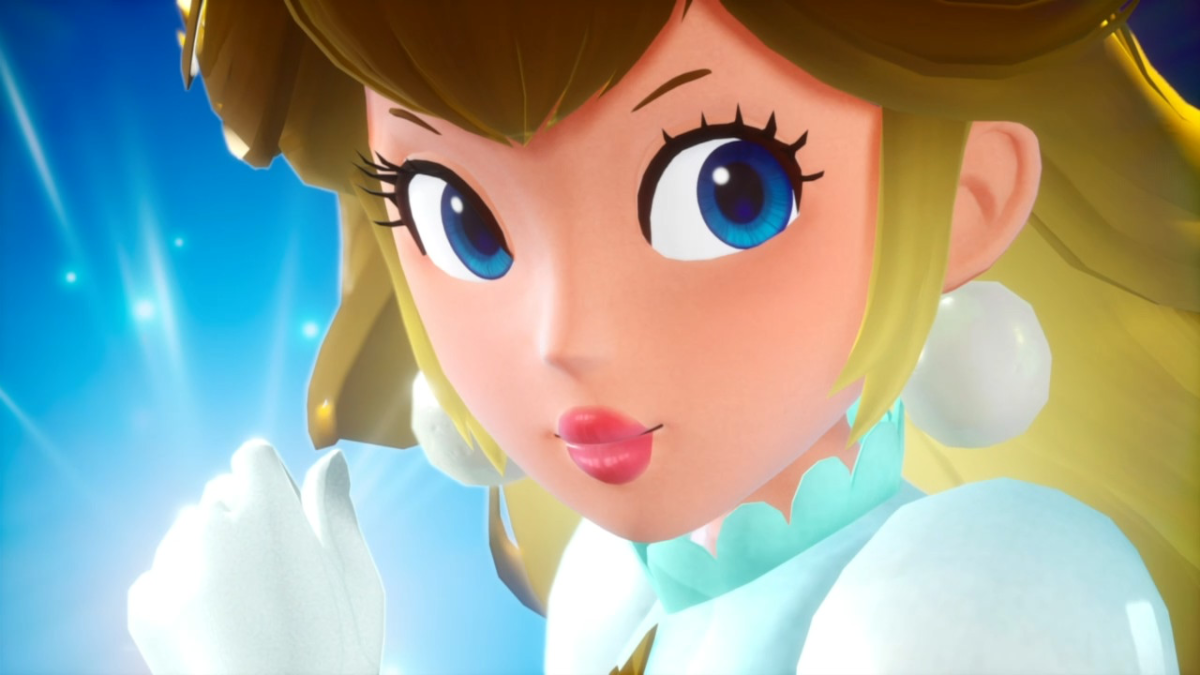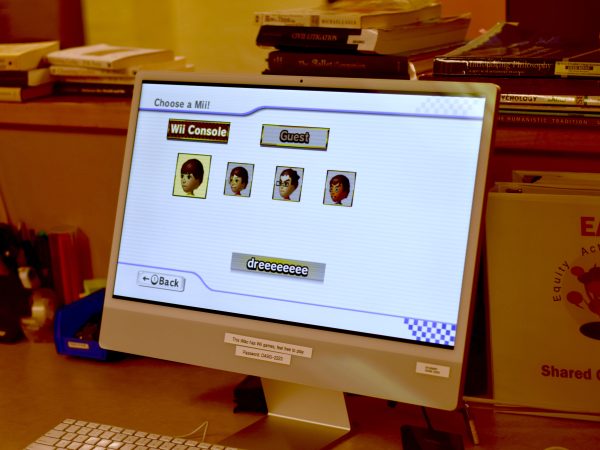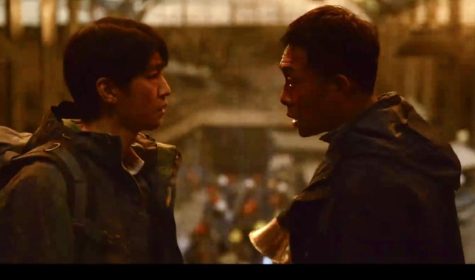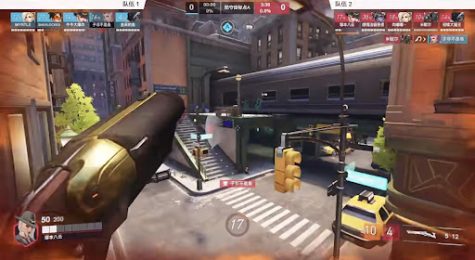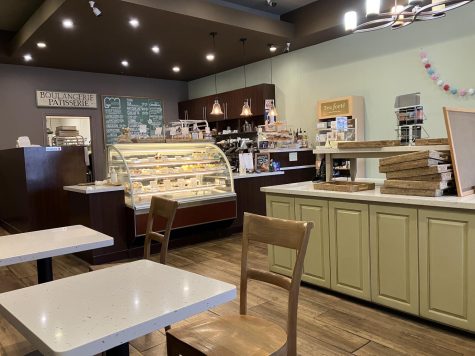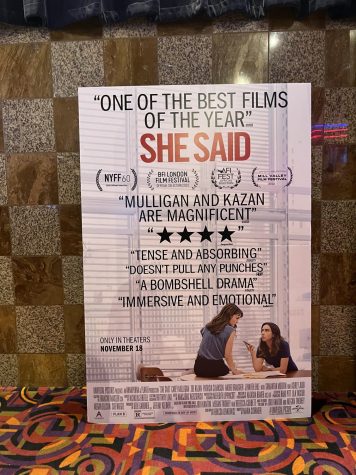Why “Winter on Fire: Ukraine’s Fight for Freedom” is the perfect film for this moment
April 28, 2022
“Winter on Fire: Ukraine’s Fight For Freedom,” opens with scenic shots showing the streets of Kiev completely packed with peaceful protestors demonstrating against the Ukrainian government.
The beginning shot portrays an orderly, perhaps even tranquil, moment in time with no foreshadowing of the destruction that would soon follow. From 2013 to 2014 in the Eastern European country of Ukraine, film director, Evgeny Afineevsky, and his talented cast and crew documented the Maidan Uprising.
The civil unrest and wave of demonstrations were sparked by the Ukrainian government’s sudden decision not to sign the European Union-Ukraine Association Agreement, and the responses that followed, documented nearly a decade ago, we can now analyze as merely a preview of the geopolitical moment we find ourselves in.
The effect of Evgeny Afineevsky’s storytelling in “Winter on Fire: Ukraine’s Fight For Freedom,” is visceral: you profoundly understand the transformation of a country whose citizens, desperate for their own sovereignty, are fighting with passion, all while their home deteriorates into a war zone.
It’s disheartening to watch as Ukrainian citizens struggle, each step more harrowing than the one before, protesting peacefully at first, but making the ultimate sacrifice in the end.
Afineevsky’s documentary is emotionally turbulent to watch for this reason, but perhaps this is a good thing. The best documentaries force you to confront an uncomfortable reality, it forces you to reckon with inhumanity in the world and the unimaginable pain individuals can experience.
The amount of on-the-ground footage Afineevsky is able to film contributes to the intensely personal, intensely haunting emotional costs of fighting for freedom.
It demands the viewer, no, transports the viewer to the dismal and bleak landscape of the Ukrainian people from 2013 to 2014. While the documentary is filmed in different regions and various cities across Ukraine, nearly all of the filming occurs in Kiev: in streets, in homes and at the bedsides of loved ones in homes—it’s incredibly intimate.
Although the action shots of the civil unrest and demonstrations are consuming to the viewer, you are reminded in first-person shots from the videographers that they are also risking their life to bring freedom to the Ukrainian people.
This is what makes the film more than just a series of moving images: “Winter on Fire: Ukraine’s Fight For Freedom” is a masterpiece produced by individuals who were willing to risk their lives so that individuals, strangers, in the future do not.
The interviews were definitely the most engaging, informative parts of the film, most occurring after the violence in the streets of Kiev. From that, you are exposed to the reality of who exactly is behind the fight against the Ukrainian government.
They are Ukrainians from all walks of life: young boys fighting alongside their fathers, journalists who want to bring the truth to the world, former and current members of the Ukrainian military or grandparents who grew up when Ukraine was under control by the Soviet Union—all of them joined together as one.
These are individuals who have to make life or death decisions for their fellow civilians. At one point in the film, the Berkut forces civilians to drag the wounded into a crumbling building where the healthy ones must choose who to save since the limited resources and supplies mean they cannot save everyone.
As a result of the on-the-ground footage, the viewer is exposed to the cruelty of the Berkut attacking the citizens they are supposed to be protecting. Most of these citizens are unarmed in the film as well.
Repeatedly, the Berkut are filmed violently beating random protesters on the street—they are unidentified in both name and crime.
Even when it seemed like the violence of the Berkut, and by extension, the government, would win with the use of live ammunition, that they had reached a point of “no return,” citizens still stood together in their fight.
What Afineevsky’s film captures is the Ukrainian people proving their government’s means are wrong, that the barbaric tactics cannot rip apart the unity of a people fighting for freedom.
With the Maidan Uprising being history and the event already having been covered extensively by the media, many viewers may already know what the conclusion is. “Winter on Fire: Ukraine’s Fight For Freedom” exposes the ugly reality of a people fighting against their government and, because of that, a viewer may assume that there will never be a peaceful resolution between the state and its citizens.
War is one of those events though that often gets worse before anything gets better. The on-the-ground footage of Ukrainians from all walks of life fighting in their pursuit of freedom is a reflection of the message of the film: that nothing is ever won in silence.
All the awful, violent, and deadly tactics on behalf of the Ukrainian government were attempts to silence people, and yet, those very attempts were what provided ammunition for them to keep going.
“Winter on Fire: Ukraine’s Fight For Freedom” is ultimately a story on the resiliency of the human spirit.
Although numerous moments throughout the film symbolize resiliency, it is best portrayed in the middle of the film when Ukraine’s riot police begin shooting at civilians unarmed with nothing but sticks. Instead of fleeing, the protesters run towards the Berkut, hitting them with sticks while dressed in bloodied scraps of clothing.
It is in these moments that the film informs you what the cost of freedom is, it is in these moments that “Winter on Fire: Ukraine’s Fight For Freedom” proves it is essential viewing.



